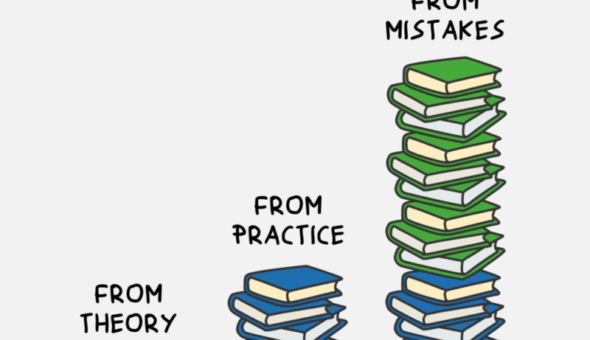You’ve got a great research question, but how do you turn it into a quantitative investigation? Andrew Chapman from the Mathematics Resources Centre (MASH) explains how to get your thesis or project work stats-ready.
It can be daunting to know where to start when planning a quantitative investigation, especially if school mathematics is a distant (and perhaps happily fading) memory. Here are three things you can do to help dispel any anxiety and get started.
Clarify your research questions so they involve measurements - you’re going to need numbers.
It’s a good idea to list all the nouns and adjectives mentioned in the research questions (RQs) and consider each one as a “variable” to be measured or categorised. After this, think about everyone or everything you could possibly measure to find these variables - this is your population. You’ll generalise your results to refer to this population.
Adjectives and verbs in RQs define the relationship(s) that you want to test. Later, after collecting and getting your data ready to use, you’ll use statistical tests to see if there is evidence for or against the existence of these relationship(s).
Take care that the measurement methods - such as survey questions, laboratory techniques etc. – are those established in the literature, because validating new methods is a major task not to be undertaken lightly. This brings us to…
Search the literature to learn how similar studies have measured and counted things.
Find out what methods have been used to analyse and present the results by reviewing the literature. The library has subject experts who thrive on helping people find similar studies. You are looking for papers which give good examples that you can adopt and adapt. Look out for the following things:
- Methods sections supply references and describe valid ways to measure the variables in our RQ. You might find, for example, a scale of 7 survey questions to measure “health anxiety”, or a technique to measure a rugby kicker’s ankle angle at impact, or a method for measuring antibiotics in waste-water etc.
- Introductions or results sections show helpful and illuminating ways to tabulate and plot graphs to describe your observed data.
- The results section should use persuasive and simple ways – using tables, graphs and statistical tests - to show whether the relationships expected in the RQs are present in the data.
- The description of statistical tests,suitable for relationships similar those in your RQs, will be found in the methods sections.
Talk to MASH: they are happy to help.
It’s surprising what new insights you can develop when you explain your ideas to someone new. If you are working on project work, is to book a MASH triage appointment - we'll chat about your statistical investigation and come up with a plan of how to help.
You can learn more with the MASH resource called 'Planning a quantitative investigation'. It contains two short video lectures and lots of links, including:
- Videos giving help in formulating research questions.
- Public databases of validated survey questions.
- Guidance for experimental design.
- Well-regarded and helpful online books and documents.
All things considered, there is no need to be anxious any more! Got a question about this blog? Please comment below.
Respond



